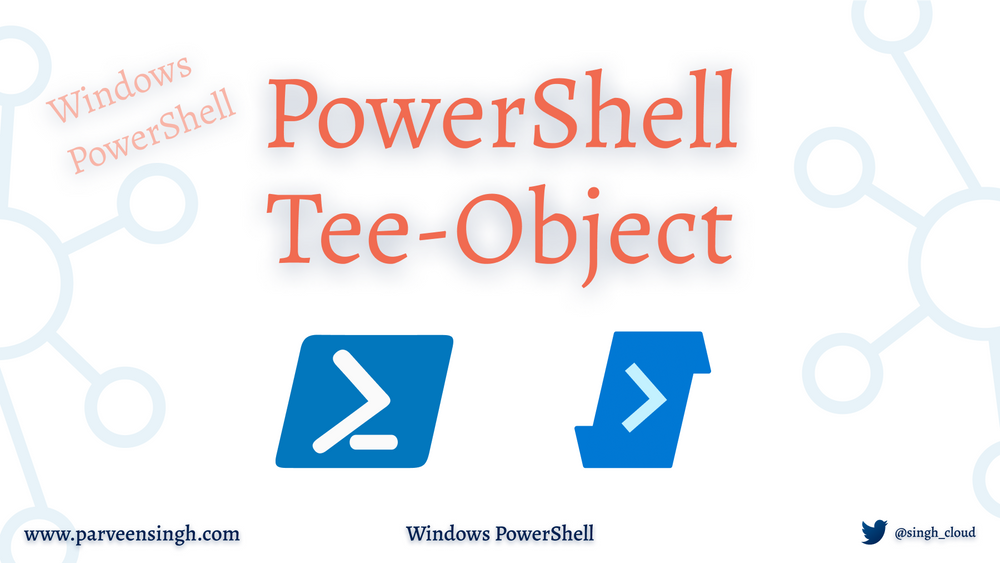PowerShell is a powerful scripting language that provides robust tools for text manipulation, one of which is the Replace method. Text processing is a critical task in scripting and automation, allowing users to modify and format text data efficiently. The Replace method in PowerShell is particularly useful for tasks such as data cleaning, log file analysis, and configuration file updates.
In this article, you will learn how to use the Replace method in PowerShell to manipulate text data. We will cover the syntax of the Replace method, demonstrate how to use it in various scenarios, and provide examples of common text processing tasks.
Why use the Replace method at all?
The Replace method in PowerShell offers several key features that make it an essential tool for text manipulation:
- Simplicity: The method is straightforward to use, requiring minimal syntax.
- Flexibility: It supports both simple string replacements and complex pattern matching using regular expressions.
- Efficiency: PowerShell’s
Replacemethod is optimized for performance, making it suitable for processing large volumes of text data.
Implementing Basic Text Replacement
Syntax Overview
The basic syntax for using the Replace method in PowerShell is intuitive and easy to grasp. Here’s a quick look at how it works:
$string.Replace("oldValue", "newValue")
In this syntax, $string represents the original string, "oldValue" is the text you want to replace, and "newValue" is the text that will replace it. This straightforward approach allows you to quickly modify text strings without the need for complex code.
Examples
Let’s dive into some practical examples to see how the Replace method can be applied in real-world scenarios:
- Simple String Replacement:Suppose you have a string that contains a greeting message, and you want to update it to reflect a different context:
$text = "Hello, World!" $newText = $text.Replace("World", "PowerShell") Write-Output $newTextIn this example, the word “World” is replaced with “PowerShell,” resulting in the output:
Hello, PowerShell! - Replacing Multiple Occurrences:Consider a scenario where you have a list of fruits, and you want to replace all occurrences of “apple” with “orange”:
$text = "apple, banana, apple, cherry" $newText = $text.Replace("apple", "orange") Write-Output $newTextThe output will be:
orange, banana, orange, cherry
These examples illustrate how the Replace method can be used to perform straightforward text replacements, making it a valuable tool for everyday scripting tasks.
Exploring Regular Expressions with Replace
Introduction to Regular Expressions
Regular expressions, often abbreviated as regex, are a powerful tool for pattern matching and text manipulation. They allow you to define complex search patterns, enabling you to perform sophisticated text replacements that go beyond simple string matching. PowerShell’s Replace method can leverage regex to tackle a wide range of text processing challenges.
Complex Replacement Scenarios
Let’s explore some scenarios where regular expressions can enhance the capabilities of the Replace method:
- Replacing Digits with a Character:Imagine you have a string containing order numbers, and you want to obscure the digits for privacy reasons:
$text = "Order123, Order456" $newText = [regex]::Replace($text, "\\d", "#") Write-Output $newTextIn this example, all digits are replaced with the “#” character, resulting in the output:
Order###, Order### - Replacing Patterns:Suppose you have a list of dates in the format “YYYY-MM-DD,” and you want to standardize them to a placeholder format:
$text = "2023-10-15, 2023-11-16" $newText = [regex]::Replace($text, "\\d{4}-\\d{2}-\\d{2}", "YYYY-MM-DD") Write-Output $newTextThe output will be:
YYYY-MM-DD, YYYY-MM-DD
These examples demonstrate the power of regular expressions in enhancing the functionality of the Replace method, allowing you to perform complex text transformations with ease.
Enhancing Efficiency in PowerShell Replace
Performance Considerations
When working with large text files or datasets, performance optimization becomes a crucial consideration. Here are some tips to enhance the efficiency of your PowerShell scripts:
- Use Streams: Instead of loading entire files into memory, process text files line by line using streams. This approach reduces memory usage and improves performance, especially when dealing with large files.
- Optimize Regex: Regular expressions can be resource-intensive, so it’s important to simplify them whenever possible. Avoid unnecessary complexity in your regex patterns to improve processing speed.
Advanced Options and Techniques
PowerShell’s Replace method offers several advanced options that can further enhance its capabilities:
- Case Sensitivity: By default, the
Replacemethod is case-sensitive. If you need to perform case-insensitive replacements, you can use theCaseSensitiveparameter to control this behavior. - Culture Invariance: In some cases, you may need to consider culture-specific replacements. PowerShell allows you to specify culture settings to ensure that replacements are performed correctly in different cultural contexts.
Best Practices and Troubleshooting
Common Challenges and Solutions
While the Replace method is a powerful tool, it’s not without its challenges. Here are some common issues you may encounter and how to address them:
- Incorrect Patterns: One of the most common pitfalls when using regular expressions is defining incorrect patterns. Ensure that your regex patterns are correctly defined and thoroughly tested to avoid unexpected results.
- Performance Bottlenecks: If you notice that your scripts are running slowly, profile them to identify performance bottlenecks. Consider optimizing your regex patterns and using streams to improve efficiency.
Strategies for Successful Text Manipulation
To ensure successful text manipulation with PowerShell’s Replace method, consider the following strategies:
- Test Regular Expressions: Use tools to test and validate your regex patterns before implementing them in your scripts. This practice helps you catch errors early and ensures that your patterns work as intended.
- Modularize Code: Break down complex replacements into smaller, manageable functions. This approach makes your code more readable and easier to maintain, reducing the likelihood of errors.
Conclusion
PowerShell’s Replace method is a versatile and powerful tool for text manipulation, offering both simplicity and advanced capabilities through regular expressions. By understanding its features and applying best practices, users can efficiently handle a wide range of text processing tasks, from simple string replacements to complex pattern matching. For organizations looking to optimize their scripting and automation processes. Whether you’re a seasoned IT professional or a newcomer to scripting, the Replace method is an invaluable addition to your PowerShell toolkit.
Discover more from Parveen Singh
Subscribe to get the latest posts sent to your email.





